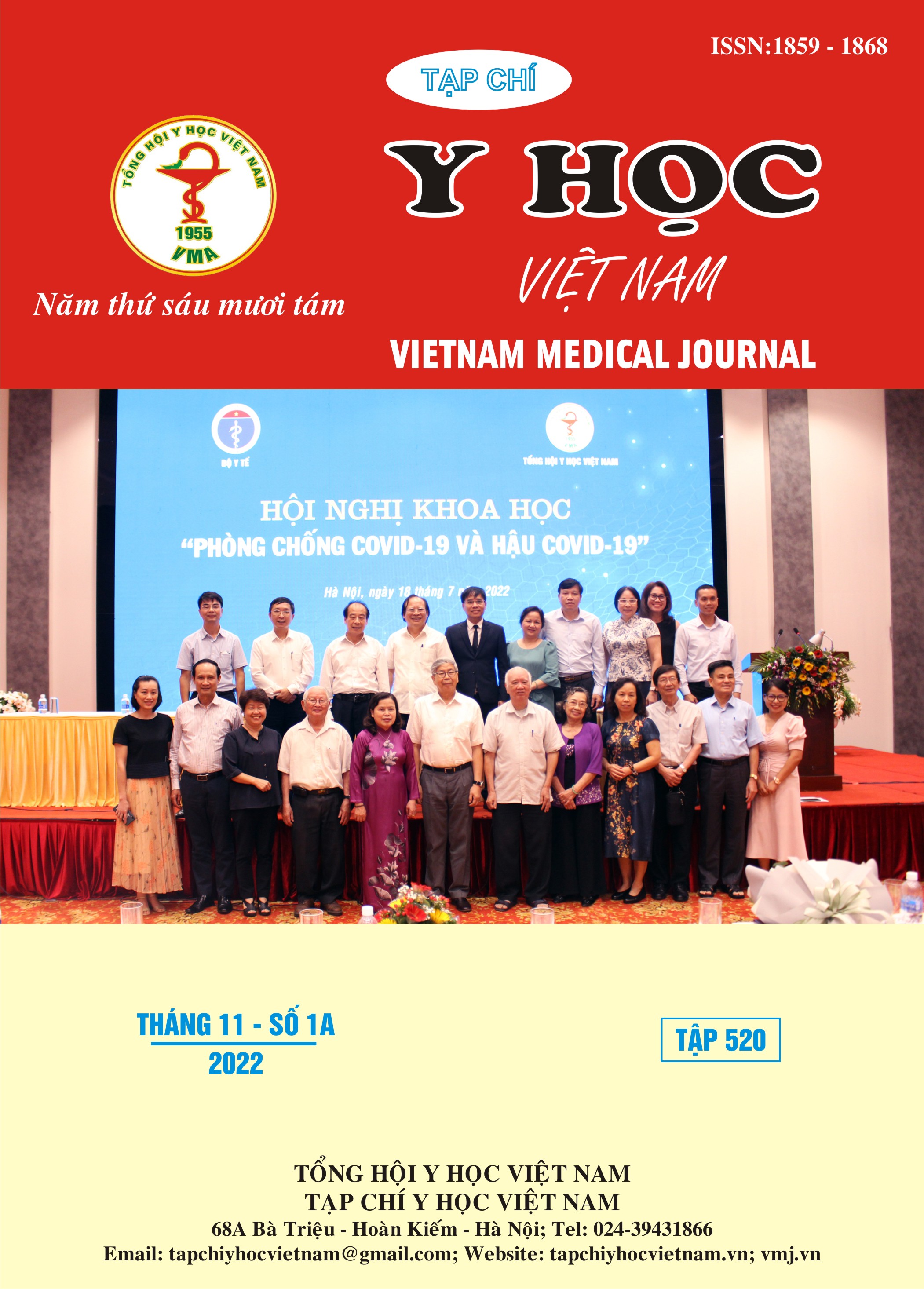EFFECT OF PH, TEMPERATURE AND WAVELENGTH OF POLARIZED LIGHT ON THE SPECIFIC ROTATION OF GLUCOSE AND SUCROSE
Main Article Content
Abstract
The specific rotations of active pharmaceutical ingredients are characteristic the ability of light to rotate the plane of polarization of the light. The improved P1000 mechanical polarization experiment uses LEDs with 4 primary colors with a polarizer tube 1 dm long and has a temperature probe attached to investigate the specific rotations of glucose and sucrose. The results show that glucose and sucrose are two common active pharmaceutical ingredients with specific rotations that change with the pH value and temperature of the investigated solution. The specific rotation values of glucose and sucrose depend greatly on the wavelength of the transmitted polarized light. The specific rotation angle of glucose when measured with red light 632 nm, blue light 456.67 nm has values of 70.01 and 43.5 degrees, respectively. The specific rotation of sucrose when measured with red light 632 nm, blue light 456.67 nm has values of 90.67 and 59.33 degrees, respectively. The results of quantitative analysis of glucose concentrations in laboratory and commercial solutions show that the applicability with different wavelengths.
Article Details
Keywords
sucrose, pH, wavelength, specific rotation, glucose, temperature
References
2. “European Pharmacopoeia 10.1 V.1-2. Strasbourg: Council of Europe,” 2021.
3. Japanese Pharmacopoeia. 18th ed. Japan. 2021.
4. J. S. Baba, B. D. Cameron, S. Theru, and G. L. Coté, “Effect of temperature, pH, and corneal birefringence on polarimetric glucose monitoring in the eye,” J. Biomed. Opt., vol. 7, no. 3, p. 321, 2002.
5. M. F. G. Wood, D. Côté, and I. A. Vitkin, “Combined optical intensity and polarization methodology for analyte concentration determination in simulated optically clear and turbid biological media,” J. Biomed. Opt., vol. 13, no. 4, p. 044037, 2008.
6. L. Kvittingen and B. J. Sjursnes, “Demonstrating Basic Properties and Application of Polarimetry Using a Self-Constructed Polarimeter,” J. Chem. Educ., vol. 97, no. 8, pp. 2196–2202, 2020.
7. P. Borman and D. Elder, “Q2(R1) Validation of Analytical Procedures,” ICH Qual. Guidel., vol. 2, pp. 127–166, 2017.


